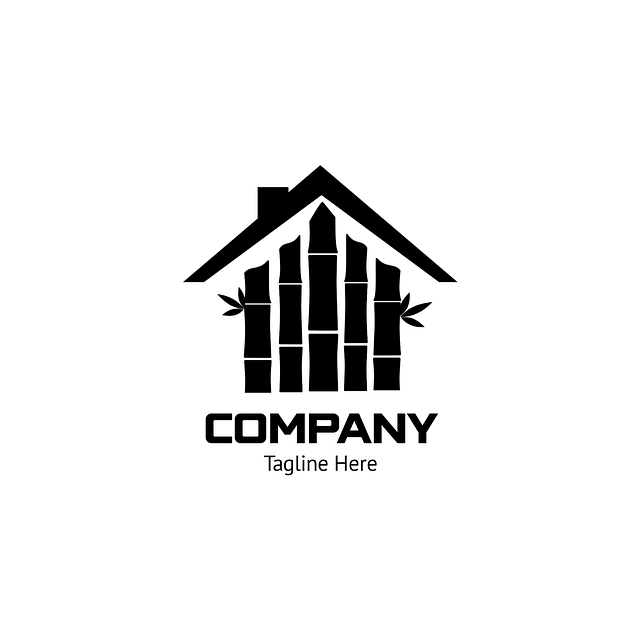Integrated Online-Offline Campaigns: Boosting Cross-Channel Retail Sales
Retail success in the digital age hinges on integrating online advertising for retail businesses, in…….
Introduction
In the digital age, online advertising has become an indispensable tool for retail businesses aiming to thrive in a competitive marketplace. With consumers increasingly spending their time online, the ability to reach potential customers through targeted ads has transformed how retailers attract and retain business. This comprehensive article will explore the multifaceted world of online advertising within the retail sector, its global impact, economic considerations, technological advancements, policy landscape, challenges, case studies, and future prospects. By the end of this exploration, readers will have a nuanced understanding of how online advertising can be leveraged to drive business success in the retail industry.
Understanding Online Advertising for Retail Businesses
Online advertising for retail businesses encompasses various digital channels, including search engines, social media platforms, email marketing, display networks, and more. These channels allow retailers to place ads on websites or apps with the goal of attracting consumers who are likely to be interested in their products or services. This form of advertising is characterized by its precision targeting capabilities, measurable outcomes, and scalability.
Historically, retail businesses relied heavily on traditional advertising mediums such as print, television, and radio. However, the advent of the internet and the subsequent rise of social media platforms have shifted consumer behavior and advertising strategies. Today, online advertising is a critical component of the marketing mix for retailers worldwide.
Global Impact and Trends
Online advertising has a significant global impact, with trends influencing its trajectory in various regions. For instance, the Asia-Pacific region has seen rapid growth due to high internet penetration rates and a large young population. In contrast, North America and Europe continue to be highly saturated markets with sophisticated consumer bases.
Key trends include the increasing adoption of mobile advertising, video content marketing, personalized shopping experiences, and the integration of artificial intelligence (AI) and machine learning (ML) for better targeting. These trends not only shape how consumers interact with brands but also influence the strategies retailers employ to capture their attention.
Economic Considerations
The economic aspects of online advertising for retail businesses are multifaceted. It contributes to GDP growth by creating jobs, fostering innovation, and enabling small businesses to compete with larger entities. Market dynamics indicate that consumer behavior is increasingly driven by digital interactions, necessitating a significant investment in online advertising.
Investment patterns show a clear shift towards digital channels, with retailers allocating more of their marketing budgets to online platforms. This transformation is crucial for economic systems, as it reflects a broader trend towards a service-based economy and the importance of data-driven decision-making.
Technological Advancements
Technological advancements have been pivotal in shaping the landscape of online advertising. The introduction of programmatic advertising has allowed for real-time bidding on ad inventory, making ad buying more efficient and cost-effective. Additionally, advancements in data analytics enable retailers to gain insights into consumer behavior, leading to more effective targeting and personalization.
The future potential of technology in online advertising is immense, with AI and ML expected to further enhance the effectiveness of ad campaigns through predictive analytics and personalized content delivery. Augmented reality (AR) and virtual reality (VR) are also emerging as innovative tools for immersive brand experiences.
Policy and Regulation
The policy and regulatory framework governing online advertising is complex, with different regions imposing various rules and guidelines. The General Data Protection Regulation (GDPR) in the European Union, for example, sets strict standards for data privacy and consumer consent.
In the United States, the Federal Trade Commission (FTC) oversees advertising content to ensure it’s not deceptive. These policies play a significant role in how retailers collect and utilize consumer data, and they influence the way ads are targeted and delivered. Compliance with these regulations is essential for maintaining consumer trust and avoiding legal repercussions.
Challenges and Criticisms
Online advertising for retail businesses faces several challenges and criticisms. Privacy concerns are at the forefront, as consumers and regulators alike question how personal data is collected, stored, and used. Ad blockers and ad-free subscription services also pose significant hurdles to reaching potential customers.
To address these issues, retailers must prioritize transparency, user consent, and data security. Additionally, they should invest in creating high-quality, non-intrusive content that adds value to the consumer experience. Developing strategies that adapt to ad-blocking technologies is also crucial for maintaining visibility.
Case Studies
Several case studies exemplify successful applications of online advertising in the retail sector. For instance, Amazon’s dynamic product ads use customer search data and browsing history to target potential buyers with personalized product recommendations. Another example is Zappos, which leverages social media advertising to engage with customers and promote its brand ethos. These case studies highlight the importance of understanding consumer behavior and utilizing data effectively.
Future Prospects
The future outlook for online advertising in retail is promising, with potential growth areas such as voice search optimization, cross-channel marketing strategies, and the integration of IoT devices. As technology continues to evolve, so too will the methods by which consumers interact with brands. Retailers must stay ahead of the curve by adopting innovative practices and embracing new platforms.
Conclusion
Online advertising has revolutionized the way retail businesses reach and engage with consumers. Its impact is global, with economic, technological, and policy considerations shaping its trajectory. As consumer expectations continue to evolve, so too must the strategies employed by retailers. By prioritizing data security, leveraging technology, and delivering personalized content, retailers can navigate the challenges and harness the full potential of online advertising to drive business success in the digital age.

Retail success in the digital age hinges on integrating online advertising for retail businesses, in…….

Influencer marketing is a powerful strategy for retailers to enhance their online presence and reach…….

Shoppable ads and integrated online/offline strategies are transforming retail marketing. By seamles…….

Influencer marketing is a powerful tool in the digital era, helping retail businesses reach wider au…….

Influencer marketing is revolutionizing online and offline retail by leveraging social media influen…….

Retailers thrive by understanding customer journeys in the dynamic field of digital marketing. By an…….

Carousel ads are a dynamic and visually appealing online advertising format that allows retailers to…….

Location-based mobile advertising and social media campaigns are powerful tools for retail businesse…….

Dynamic ads are transforming retail engagement by personalizing content based on user behavior and p…….

PPC ads and online advertising are powerful tools for retail businesses to boost sales and reach the…….